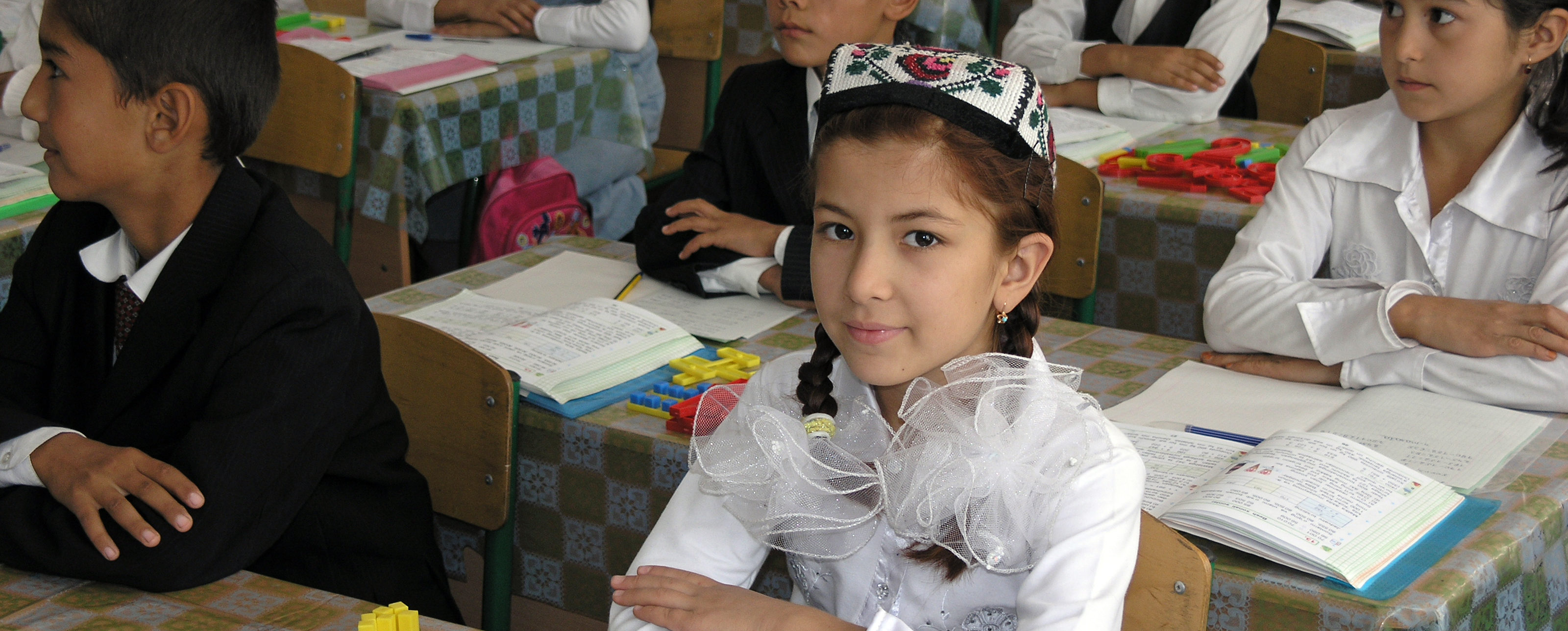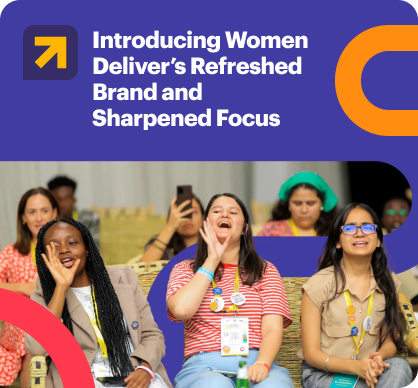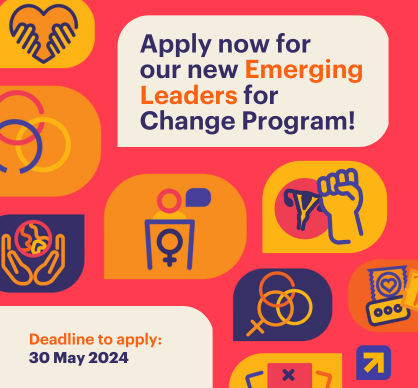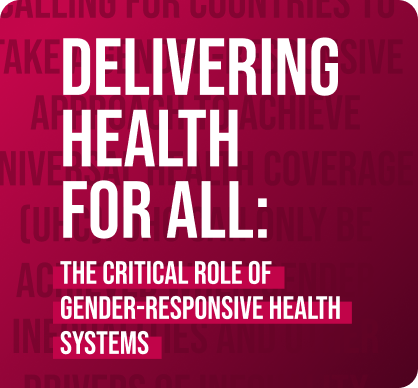This year, as students return to school, we should think about young people as individuals, rather than as issues. For any individual woman to gain equal opportunity, what would she need as a girl?
Education and health. Intertwining education and health can ensure that girls not only survive, but thrive and reach their full potential. Separately, education and health are important for every girl. Linked together, they could change the world.
They are like spandrels. In architecture, a spandrel is the space between intersecting arches. A single arch can look beautiful. But to build a truly magnificent dome, you need spandrels. Philosophers have suggested that spandrels were not created for art, but were necessary to build works of breath-taking beauty. Education and health create the human development equivalent of a spandrel.
In many societies, girls literally do not count — they are not included in birth registries. Girls are used to raise money for a family by being sold off in child marriage. Often, girls are pulled out of school to work on the family farm, locking in cycles of poverty and inequality. And an estimated 35 percent of women will experience sexual violence at some point in their lives.
So it is not surprising that a young woman is twice as likely to contract HIV as a young man. In some countries in Sub-Saharan Africa, that ratio can be 5:1. In the hardest hit countries, girls account for 80 percent of new infections among adolescents. And girls out of school are three times more likely to contract HIV than girls who stay in school.
But there is hope. Studies have shown that girls who complete secondary school get married later, are more likely to get pregnant when they want, have smaller families and earn a decent income.
For girls, the transition from primary school to secondary school and completion of secondary school is very important. We know that girls with secondary education are up to six times less likely to marry early, compared to girls with little or no education.
Last year in Zambia, more than 16,000 schoolgirls became pregnant, 80 percent of these girls were in primary education and 20 percent in secondary education where the number had increased by 3 percent from 2013.

Evidence shows that if a woman has economic opportunity and earns a dollar, she will spend 92 cents of it to educate, feed and to provide healthcare for her family, turning the cycle of poverty into one of opportunity and hope. You give that same dollar to a man, it is closer to 30 cents.
More recently, studies have shown that using incentives to keep a girl in school by providing a small amount of cash to the family or directly to the girl could reduce HIV infection by 25 to 60 percent. In Botswana, HIV decreased by 12 percent for each year a girl stayed in secondary school. While the studies are complicated and not universally positive, taken together there is reason to hope.
We must act quickly. While, since 2001, there has been a 38 percent decline in HIV globally, there has been no progress in young women. That problem is becoming a crisis because of increasing birth rates. Even if the rate of HIV were reduced by 50 percent, there would still be an increase in new infections because of the large number of girls becoming adolescents and young women.
The way to avoid that crisis is to link education and health for girls. Each, as an individual arch, can be the basis for progress. But intertwined as a spandrel, they can be the foundation for a healthy woman with equal opportunity.
Boys are important, too. They must have equal opportunity. And they need support to adopt the attitudes and behavior that will drive equality.
To build a gender-equal world we must think and act differently. We must focus on an individual person and work back to understand what they need to survive and thrive. If we work to ensure that every girl and boy has health and education, we will ensure that every woman and man has equal opportunity.
Let us commit to provide health and education as the intersecting arches of a spandrel to build a world of gender equality — for economic opportunity, for social justice, for our future.
What a beautiful thing that would be.


